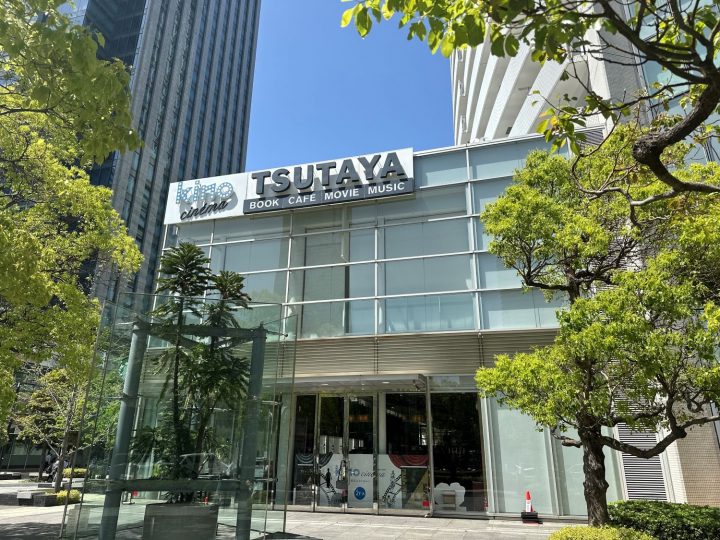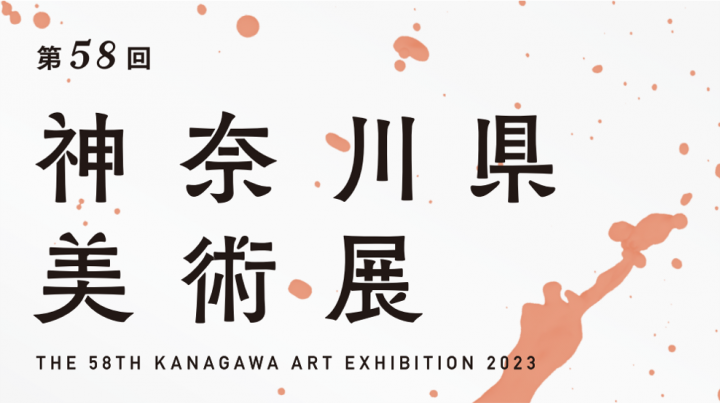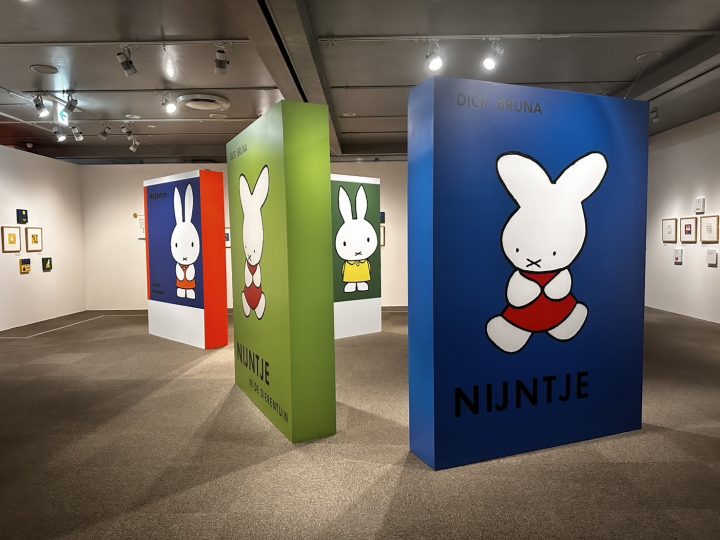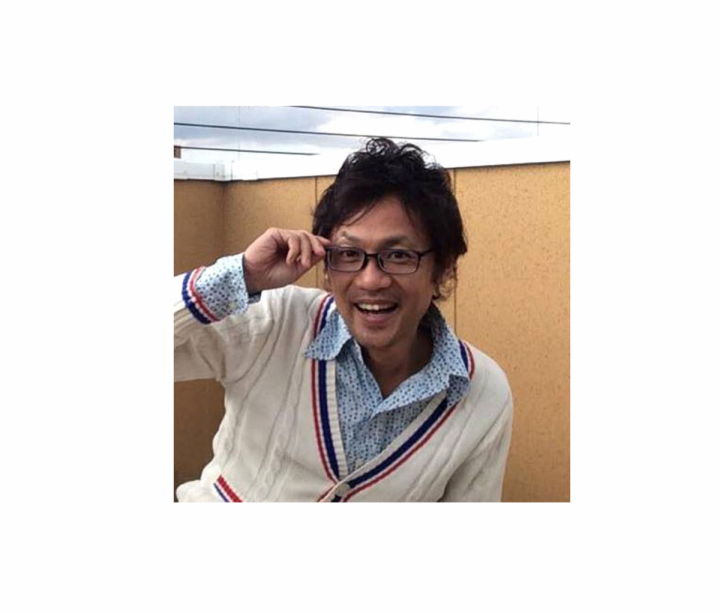Cinema Walk No. 5 "Kamakura City Kawakita Film Museum"
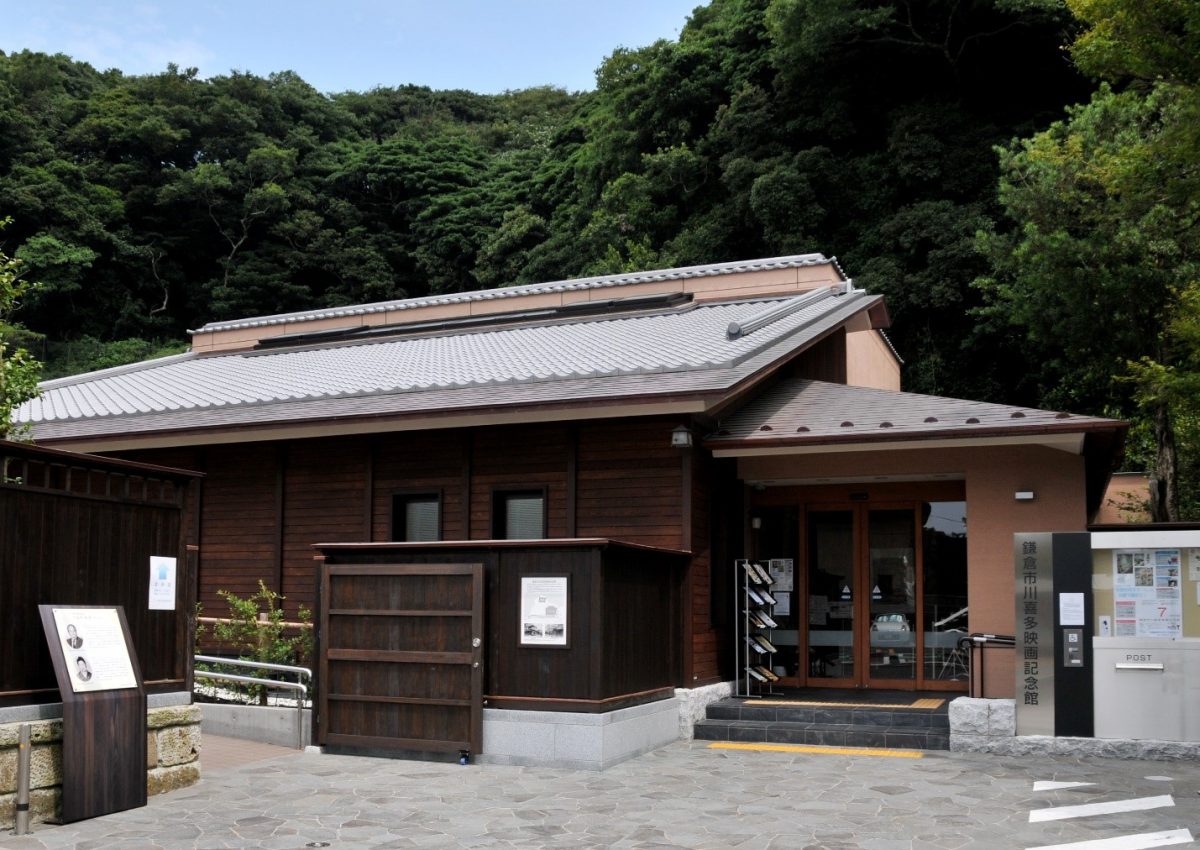
"Cinema Walk" introduces small cinemas in Kanagawa Prefecture. This time, we'll change things up a bit and introduce the Kamakura Kawakita Film Museum, where you can enjoy watching a film while learning about the history of Japanese cinema.
Kamakura is busier than usual on weekends, thanks in part to being chosen as the setting for this year's taiga drama. Leaving Kamakura Station, walk straight down Komachi-dori, a street overflowing with people and delicious smells. Just before the street ends, turn left. A silence descends, seemingly denying the hustle and bustle, and the scent of nature becomes even stronger. A short walk further in is the Kamakura Kawakita Film Museum. This single-story Japanese-style building was built on the site of the former residence of Kawakita Nagamasa and Kashiko, husband and wife who contributed greatly to the development of Japanese film culture. It opened in April 2010. It stands quietly, blending seamlessly into the natural surroundings without interfering with the Kamakura landscape.
When you think of Kamakura, keywords like history, gourmet food, and nature come to mind, and some may not even imagine going to Kamakura to see a movie. However, Kamakura was once renowned as a film hub, a place where many filmmakers settled and gathered. When discussing the history of Japan's film industry and culture, it's essential to mention Nagamasa Kawakita and his wife, Kashiko, who contributed greatly to the development of the industry. In 1928, Nagamasa Kawakita founded Towa Shoji, now known as Toho Towa, and thereafter, together with his wife, Kashiko, introduced numerous timeless masterpieces to Japan, including "Nostalgia" and "The Third Man." The couple also fostered ties with filmmakers from around the world, devoting themselves to promoting Japanese films overseas.
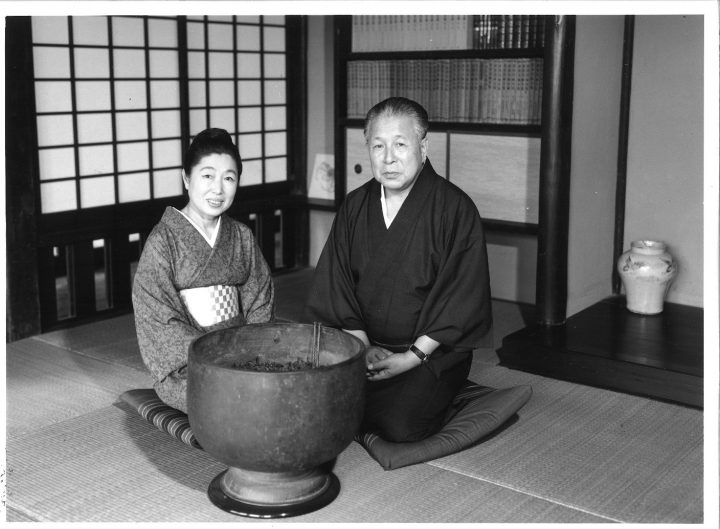
After paying the admission fee and entering the museum, you can view the permanent exhibition, which displays documents and a timeline related to the Kawakitas. The exhibition also displays the couple's favorite suitcases and passports, as well as photos of an astounding lineup of filmmakers from Japan and abroad, and it seems as if the Kawakitas, who believed in the philosophy of "film connecting the world," visited various countries and interacted with filmmakers from each country.
In addition to the permanent exhibition, the museum also hosts special exhibitions and other themed events throughout the year. When I visited, a special exhibition entitled "Designing Film: The Aesthetics of Yasujiro Ozu and Kon Ichikawa" was being held. These two directors, both representative masters of Japanese cinema and living in the same era, have rarely been discussed together until now. The special exhibition explored the background of the two directors, from their upbringings to the designs seen in their works, along with the historical background of the pre-war and post-war periods, allowing visitors to enjoy comparing the careers of these great directors.

*Examples of exhibits from special exhibitions and special exhibitions
One of the highlights of the Kawakita Film Museum is the "Video Archive Room" located right next to the "Exhibition Room" where these exhibits are located. By purchasing a movie ticket at the counter in addition to your admission ticket, you can watch films screened in the archive room. Climbing the ramp lined with posters of numerous classic films overhead, you'll come across a door leading to the "Video Archive Room." This room is the museum's "Theater." The theater's interior exudes a warm wooden feel, with 51 chairs lined up in front of the screen. It uses a German Kinoton projector and is now also compatible with digital screenings. The lineup of films on show is noteworthy. In addition to films related to the special exhibition, the theater screens a wide variety of films across genres and eras, from Academy Award-winning films to works popular in independent cinemas and films by popular directors.
The special exhibition included a section displaying the kimonos used in Ichikawa's film "The Makioka Sisters." How did these vibrant kimonos appear in the film? You can let your imagination run wild before watching the film, or you can take your time to appreciate the real thing afterward. Both have their own merits. The video archive also hosts talk events and workshops from time to time, allowing you to learn more about the contents of the special exhibition. The museum's theater will enhance your film experience and help you discover even more memorable films.
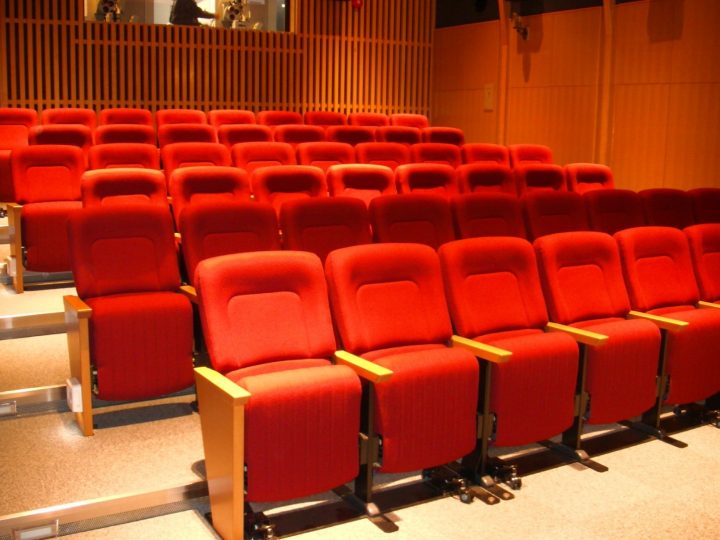
The museum is dotted with other fun gimmicks and educational opportunities. In the "Film Toy Experience" corner, you can actually play with toys related to film. When the author visited, there was also a corner in the "Information Library" titled "Experience the Low Position of Ozu's Films." Signs for a tonkatsu restaurant and a ramen shop were set up, and by taking photos of these signs from designated locations, visitors could experience director Ozu's unique filming techniques. The "Information Library" also has a wide selection of film-related books and magazines, making it a space where visitors can take their time browsing.
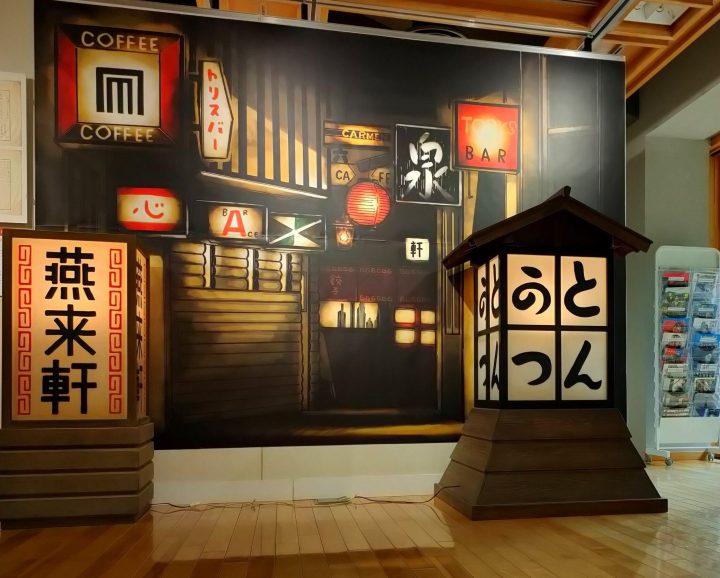
You can watch films, learn about films, and play with films. It's a cinematic experience that gets you using your whole body. After leaving the museum, we strolled along the promenade, which is open to the public for free. The fresh air, the smell of greenery, and the nature of Kamakura, which hadn't been there in hours, were a pleasant experience that relaxed both body and mind. This is the place where the Kawakita couple, who contributed greatly to the development of Japanese film culture, made their home, and where filmmakers from around the world came to visit them. Immerse yourself in the history of Japanese cinema and enjoy a one-of-a-kind cinematic experience.
Kamakura City Kawakita Film Museum
[Access] 2-2-12 Yukinoshita, Kamakura City, Kanagawa Prefecture
[Official website] Click here
Cinema Walk No. 1 "Cinema Jack & Betty" is here
Cinema Walk No. 2 "Cinema Novecento" is here
Cinema Walk No. 3 Yokohama City Isezakicho "Yokohama Cinemarine" is here
Cinema Walk No. 4 Fujisawa City Kugenuma Coast "Cinekoya" is here
